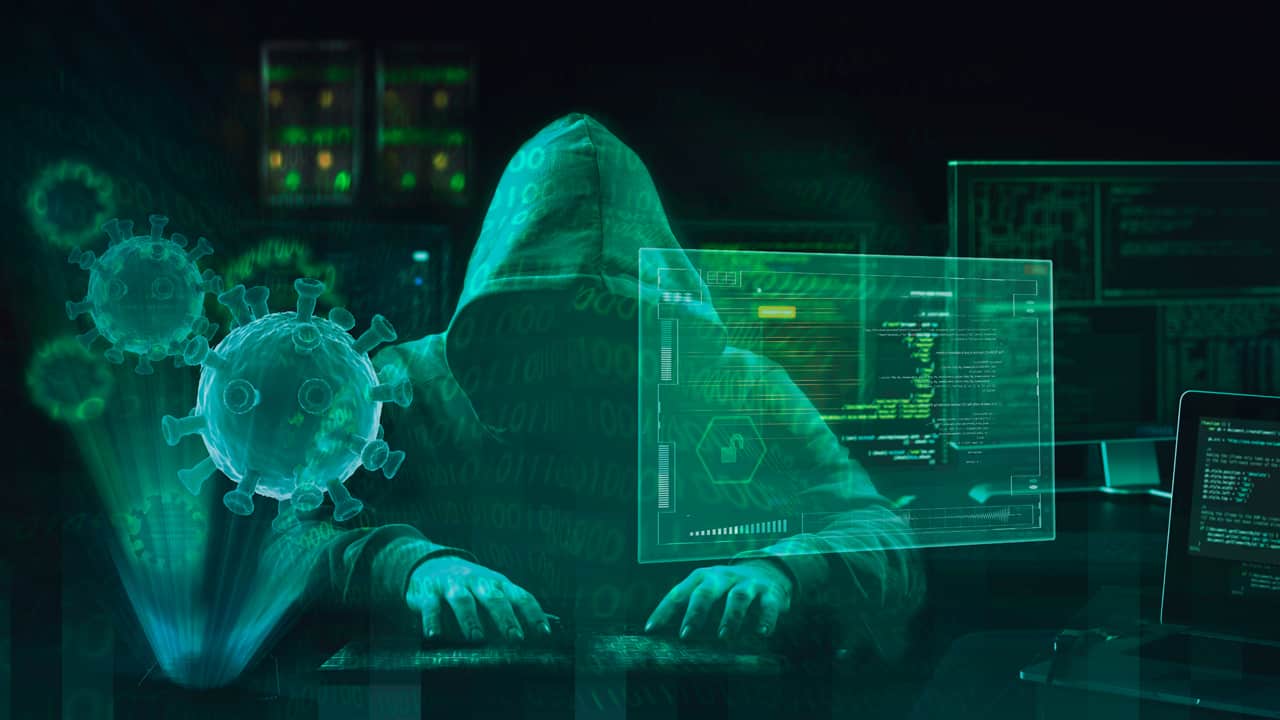Cyber security becomes more relevant with each passing year. The amount and frequency of attacks increases all the time; and the cost of each attack, and the average downtime they cause is at an all-time high.
on the other side, cyber attacks are generally becoming more sophisticated, more pervasive, and harder to identify.
Cyber Security in 2022
The global awareness of cyber security and its importance in every aspect of life is growing; governments across the world are launching initiatives to boost cyber security infrastructure, and more of the public are taking the threat of cyber attack seriously.
As technology pervades our lives in more and more ways, the need for reliable cyber security is as important as it has ever been. For the public, this means educating themselves on cyber security best practices, and implementing all the recommended security measures for the apps and services they use. For businesses, this means re-thinking their IT security strategy; potentially even partnering with an IT support company that can guide them through upgrading their cyber defences.
Zero Trust
The principle of this is simple: Organisations shouldn’t trust anyone until they have been verified. This principles should be applied not only to anything trying to enter a company’s perimeters, but even things inside the perimeter (in this case, the perimeter can be both physical or virtual, such as a network, or a Cloud platform).
Say an employee has logged into an app their company uses – in a Zero Trust infrastructure, even though the employee has been granted access to use the app, they immediately lose access when they log out of it, and must be re-verified each time they wish to access it.
The Zero Trust Model for security was first created in 2010 by John Kindervag – a former principle analyst for Forrester Research Inc., who are well known for performing market research in the IT sector – and since then, more and more organisations are deciding that Zero Trust Architecture is the safest model for cyber security.
The concept of zero trust was actually first developed by a man named Stephen Paul Marsh, for his doctoral thesis at the University of Stirling. In his thesis, he stated that zero trust was distinct from mere mistrust, and actually provided much better at securing computer systems, applications, and networks.
Multi-Factor Authentication (MFA)
Tying into the concept of Zero Trust is Multi-factor Authentication – this ties into the slow but sure shift away from passwords, and towards the principle of identity-based verification, which is a much more reliable form of access security.
Multi-factor Authentication is when users, or an organisation, is required to provide secondary form of authentication after providing their password to log into a computer, app, or network.
This extra layer of protection makes it much more difficult to gain access to an account when you are not the account holder – this is because that second form of authentication often incorporates physical security. For example, to log into your email, you might need to provide a password, and then a code is texted to your phone that will expire in 10 minutes; this means that in most cases, you need to be in physical possession of the phone that receives that code in order to log into the email account. Other forms of secondary authentication might be scanning one’s face or fingerprint.
Zero Trust Models and Multi-Factor Authentication often go hand in hand, because passwords are an anonymous form of verification, whereas face and fingerprint scanning is identity-based verification – even relying on a code being sent to your phone or email address is more identity-based than a password, therefore it is a stronger layer of security.
Digital Wallets
It is likely that we will see an increase in people storing their financial data on their phones, in the form of digital wallets. A digital wallet is any financial account that can store funds, make and track transactions on a digital device such as a computer or a phone – in this case, it is most likely that people’s digital wallets will be on their phones. We have already begun to see this with Apple Wallet Google Wallet, and PayPal, but there are other more independent ones that are gaining popularity, such as the Ridge Wallet, Venmo, and Zelle.
There are a number of benefits of Digital Wallets. The primary benefit is that they reduce the risk of fraud and identity theft, and it becomes much easier to verify the identity of people in business transactions.
Most credit and debit cards have contactless payments, and anyone that steals a physical card could use that; whereas digital wallets usually require at least a passcode to verify transactions, and many have the option of enabling facial recognition, therefore even if one’s phone was stolen, it does not guarantee the thief will be able to access their digital wallet.
Here you guys can also submit blogs for Cryptocurrency Write For Us category.
